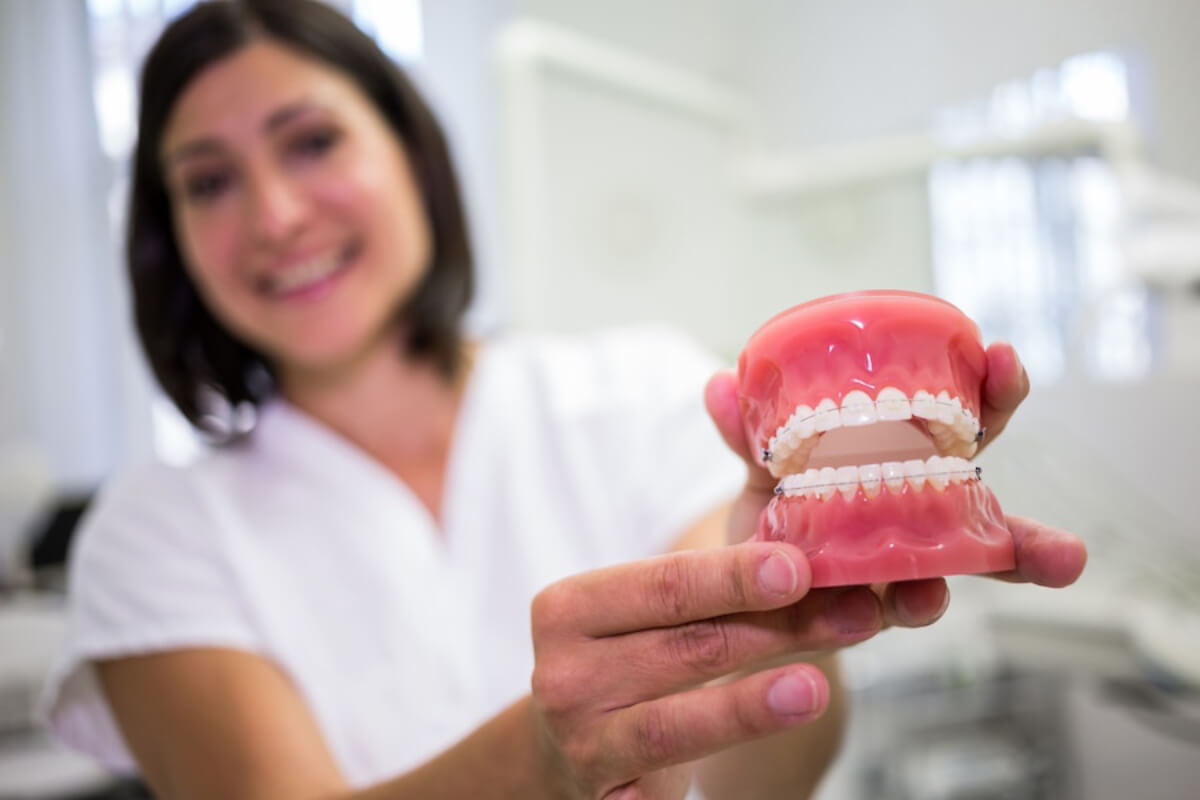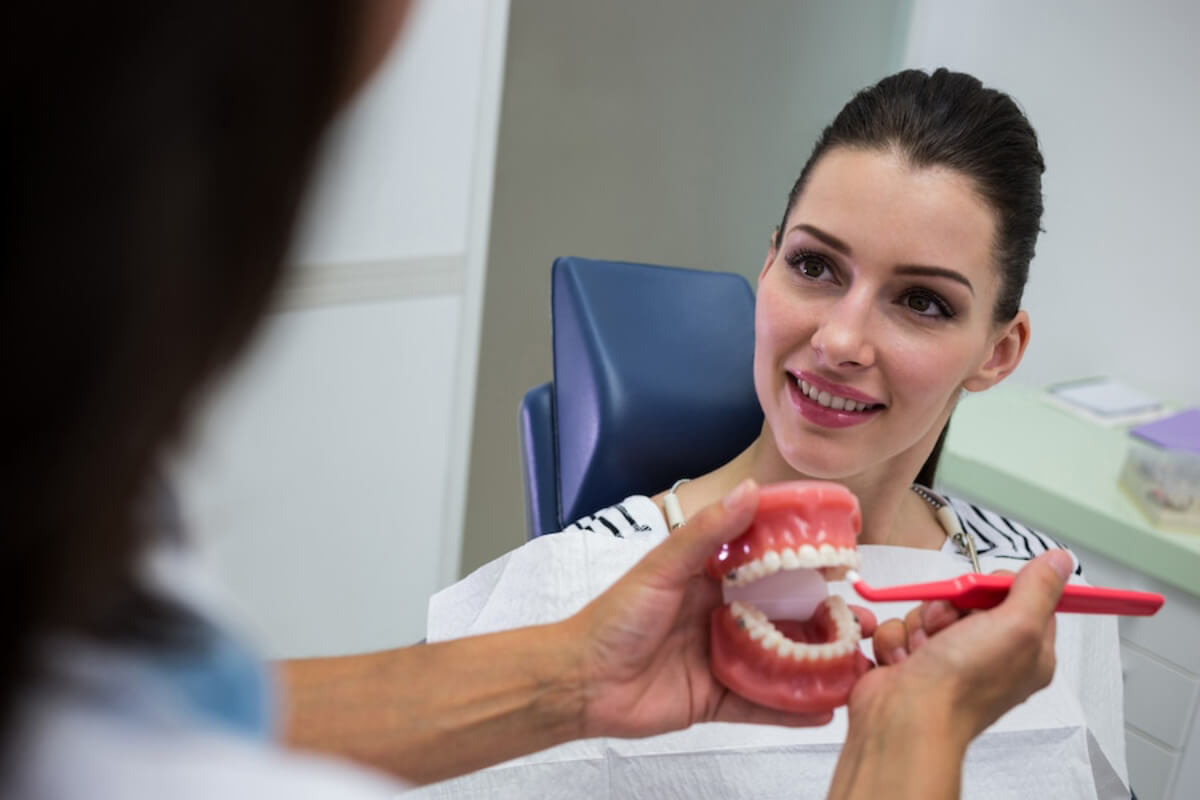In dental procedures, gum grafting stands out as a remarkable solution for various oral health concerns, from gum recession to aesthetic enhancements. Understanding what gum grafting entails, why it's necessary, and its myriad benefits can empower individuals to make informed decisions about their oral health. Let's delve into the world of gum grafting and explore its significance in restoring your smile's health and beauty.
What is Gum Grafting?
Gum grafting is a surgical procedure performed by a gum specialist. It aims to reverse gum recession by augmenting gum tissue in affected areas. This involves taking tissue from either the patient's palate (roof of the mouth) or a tissue donor to cover the exposed roots of the teeth. The procedure typically involves three main types of gum grafts: connective-tissue grafts, free gingival grafts, and pedicle grafts. Each type has its unique approach, tailored to the patient's specific needs.
Why is Gum Grafting Needed?
Gum grafting is a necessary intervention to address the detrimental effects of gum recession on oral health. When gums recede, the roots of the teeth become exposed, leaving them vulnerable to decay, sensitivity, and eventual tooth loss. This exposure compromises the teeth' structural integrity. It increases the risk of periodontal disease, as bacteria can easily infiltrate the unprotected root surfaces.
Moreover, gum recession can lead to aesthetic concerns, such as uneven gumlines and elongated teeth, which can affect confidence and self-esteem. Gum grafting addresses these cosmetic issues and helps prevent further complications by restoring the gum line to its proper position.
Beyond aesthetics, gum grafting plays a crucial role in maintaining oral function. Receded gums can alter the way teeth come together when biting or chewing, leading to discomfort and difficulty eating. Additionally, compromised tooth stability may affect speech articulation.
Furthermore, untreated gum recession can result in bone loss around the affected teeth, further exacerbating the problem and potentially leading to tooth mobility and eventual loss.
What are the Benefits of Gum Grafting?
The benefits of gum grafting extend beyond mere oral health improvements; they also encompass aesthetic enhancements and enhanced overall well-being.
Here's a closer look at the advantages:
- Improved Oral Health: Gum grafting reduces the risk of decay and gum disease by covering exposed tooth roots and reinforcing the gumline, fostering a healthier oral environment.
- Aesthetic Improvements: Receding gums can detract from the beauty of one's smile, making teeth appear longer and uneven. Gum grafting restores symmetry to the gumline, enhancing the overall appearance of the teeth and smile.
- Halts Gum Recession: Left untreated, gum recession can progress, leading to further complications. Gum grafting halts this recession in its tracks, preventing future issues and preserving the integrity of the gums.
- Reduces Sensitivity: Exposed tooth roots can make teeth sensitive to hot, cold, and acidic foods. Gum grafting can significantly reduce tooth sensitivity by covering these sensitive areas, improving overall comfort.
- Enhanced Chewing and Speech: Gum recession can compromise teeth' stability and affect how they come together when biting or chewing. By restoring the gumline to its proper position, gum grafting improves the bite alignment and strength of the teeth, facilitating more efficient chewing and speech articulation.
- Preservation of Tooth Structure: Exposed tooth roots are vulnerable to damage and decay, which can ultimately lead to tooth loss if left untreated. By covering these vulnerable areas with grafted gum tissue, gum grafting helps preserve the underlying tooth structure, prolonging the lifespan of natural teeth and reducing the need for more extensive dental interventions.
- Improved Long-Term Stability: Gum grafting addresses immediate concerns related to gum recession and contributes to the long-term stability of the teeth and surrounding structures. By reinforcing the gumline and supporting the teeth, gum grafting helps prevent further tissue loss. It reduces the likelihood of future complications, such as tooth mobility and additional gum recession.








Follow us